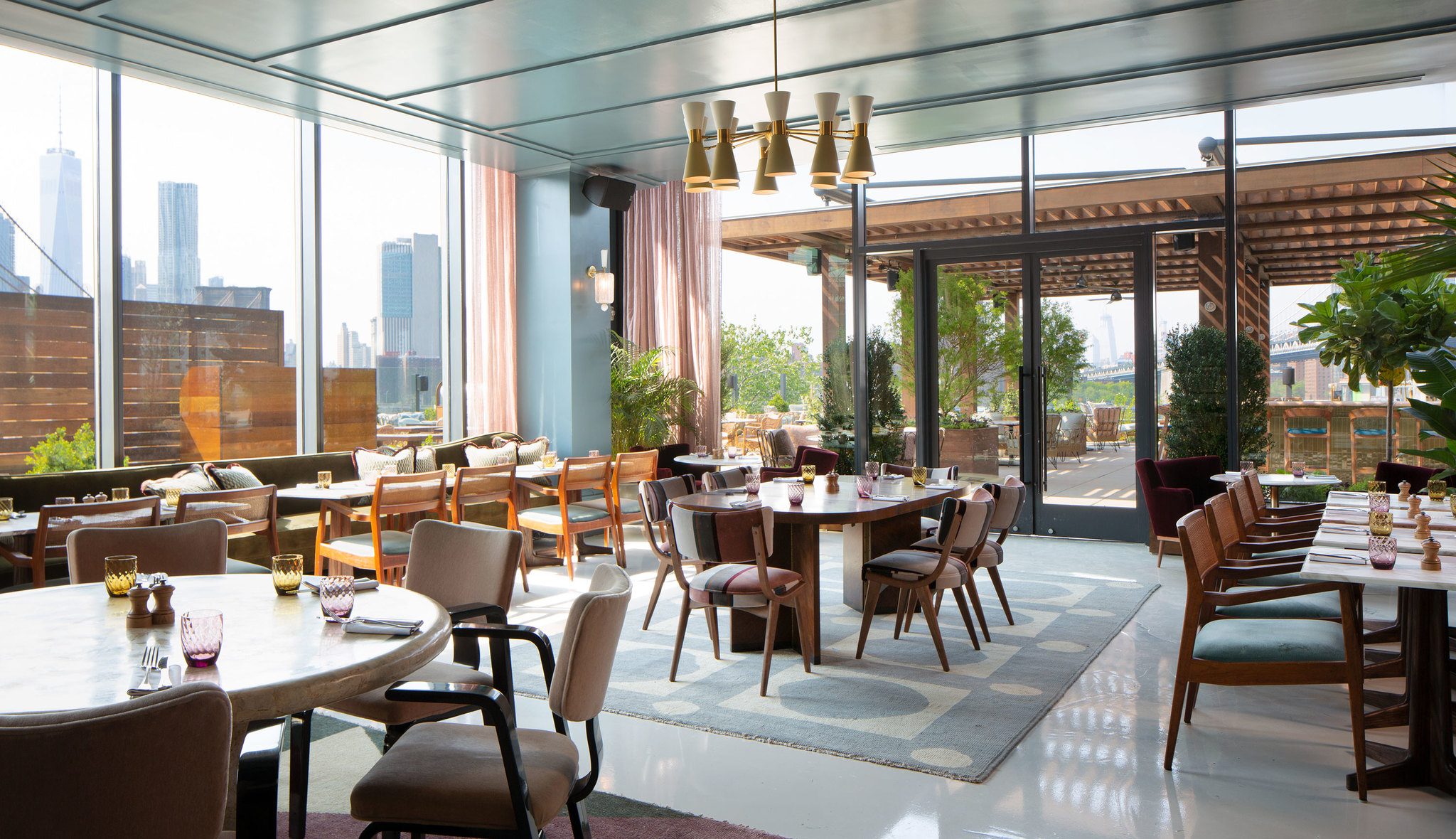
Then in 2013, a team made up of Joseph Cayre’s Midtown Equities, HK Organization and Rockwood Capital beat out more than a half a dozen firms for the lease. The mammoth Civil War-era coffee warehouse at 55 Water Street has been owned by the state since the 1970s and sat mostly vacant for decades.


Here’s a look at some of the projects that have changed the game in Dumbo in the last five years - and some of the latest projects in the works. “A lot of how Brooklyn culture is perceived in the world is because of what we have done here,” said Della Valle, who’s lived in Dumbo for 18 years. Jared Della Valle, a co-founder of Alloy Development - a Dumbo-based firm behind a half dozen residential projects dating back a decade - said the changes in Dumbo speak to the larger transformation of Brooklyn.
#DUMBO HOUSE PLUS#
Walentas’ firm Two Trees Management, now run by his son Jed, owns seven rental buildings and three office buildings plus retail in the neighborhood, which abuts Brooklyn Bridge Park - a public-private 85-acre mash of greenery and recreational facilities that attracts thousands of visitors each weekend. Today, it’s the luxury condo dubbed the Clock Tower Building, where prices average $1,300 per square foot. The start of all of Dumbo’s development can be traced back to David Walentas, who famously pioneered the neighborhood in the late 1970s when he bought a 275,000-square-foot former box factory for $1.5 million, or $6 per square foot. And those sites are now set to bring another wave of condos, rentals and tech office space to the area. The Jehovah’s Witnesses, once among the largest property owners in the area, began selling off their holdings in the early 2000s, paving the way for some of the projects that began remaking the area, including the condo conversion One Brooklyn Bridge Park and the office mega-complex Dumbo Heights.īut the Witnesses sold off their final Dumbo parcels in 2018. “Everything is basically developed,” he said. Schneiderman noted there’s a sense that Dumbo is quickly approaching capacity. “The story really is, can Dumbo absorb all these new apartments?” he said. Robin Schneiderman - head of business development for Halstead and Brown Harris Stevens Development Marketing, the first of which is active in the neighborhood - said rentals likely have a clearer path than condos in the area. Developers and investors have funneled so much cash into to Dumbo that some say the neighborhood may be oversupplied, especially as the market softens. On Front Street, meanwhile, the first full-service grocery store, the 16,000-square-foot Dumbo Market, opened in April.Īnd that’s not even including all the residential projects.

That includes the debut of the exclusive members-only Dumbo House - a branch of Soho House tucked discreetly inside the Empire Stores building - and massive restaurants like the 8,500-square-foot Cecconi’s Dumbo and the even bigger 13,000-square-foot Sugarcane.ĭown the street, meanwhile, is 1 Hotel Brooklyn Bridge, a nearly 200-room luxe eco-hotel that is also home to the trendy 150-seat restaurant the Osprey.

Since the Empire Stores - a coffee warehouse-turned-food hall and mall - opened in 2016, everything has ballooned. Meanwhile, the skyline is dotted with rooftop bars and pools. Today those same streets are teeming with tech workers, hotel guests, diners and shoppers spilling out from swanky hotels, restaurants and high-end retail. But the stone-lined streets were desolate. When artists began trickling into the post-industrial Brooklyn area in the 1970s, they found massive concrete warehouses and postcard views. But the changes that have taken hold in Dumbo, even in just the last five years, have taken the neighborhood to a once-unimaginable place. The 3,000-plus-square-foot terrace and rooftop pool at Dumbo House, which is located in the Empire Stores


 0 kommentar(er)
0 kommentar(er)
